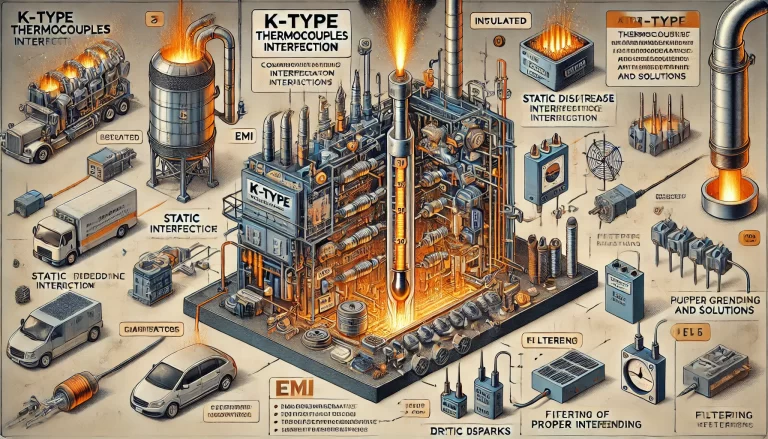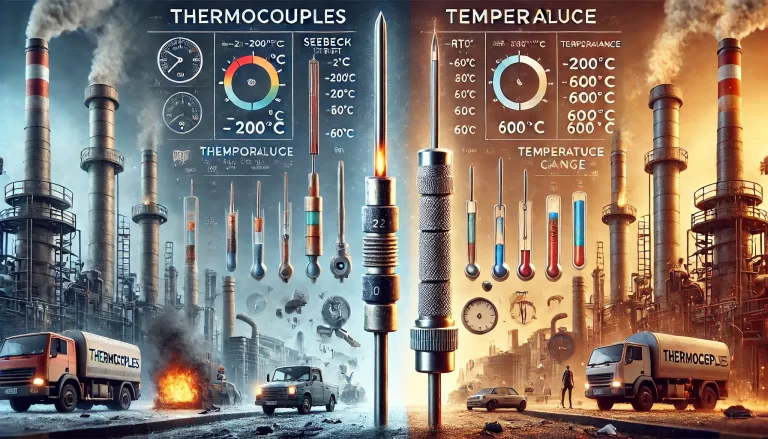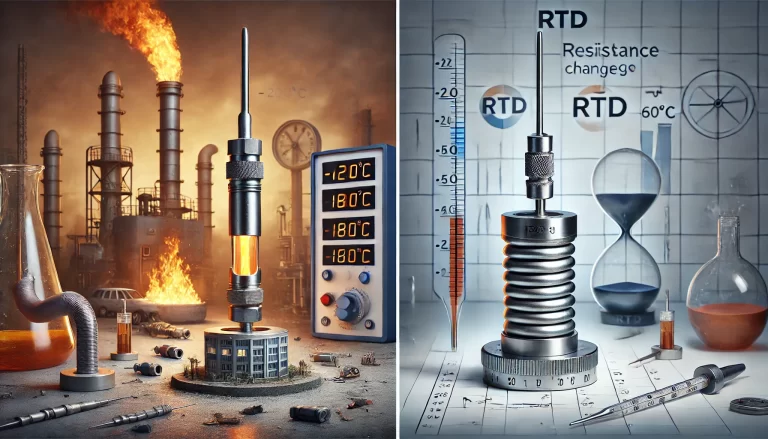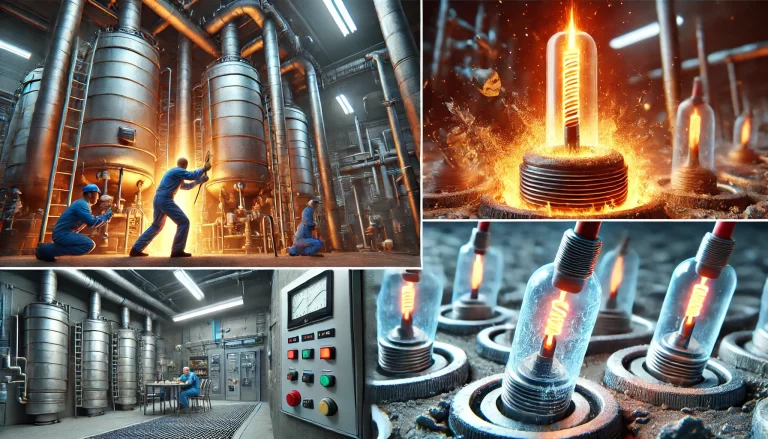Thermocouples are widely used for temperature measurement in various industrial, laboratory, and scientific applications due to their robustness and wide temperature range. However, to ensure accurate temperature readings, it is crucial to use thermocouple extension wires (also known as compensation wires) correctly. These extension wires connect the thermocouple to a temperature measuring instrument, and if not used correctly, they can introduce measurement errors.
This article will provide a detailed guide on how to properly use thermocouple extension wires to maintain measurement accuracy.

1. Choose the Right Type of Extension Wire
Thermocouple extension wires are designed to match specific thermocouple types, as each thermocouple material has distinct electrical properties that are sensitive to temperature. For instance:
- Type K (Nickel-Chromium / Nickel-Aluminum) thermocouples require Type K extension wire (usually made of the same materials).
- Type J (Iron / Constantan) thermocouples require Type J extension wire (typically made of copper or copper alloys).
- Type T (Copper / Constantan) thermocouples require Type T extension wire (usually copper).
It is critical to select extension wires that match the type of thermocouple in use. Using an incorrect extension wire type can lead to inaccurate readings due to the different thermal potentials they generate at the same temperature.

2. Ensure Material Consistency
The extension wire must be made of the same material as the thermocouple it is connected to. This ensures that the thermoelectric voltage generated by the thermocouple is accurately transferred to the measurement device without introducing an additional voltage from mismatched materials.
For example, if you use a K-type thermocouple, the extension wire should also be made from the same material combination of Nickel-Chromium and Nickel-Aluminum. Any deviation from this can introduce a differential voltage, leading to errors in temperature measurement.
3. Avoid Temperature Gradient at Connection Points
Temperature gradients between the two ends of the extension wire can significantly affect the accuracy of the measurement. The temperature at the point where the thermocouple is attached to the extension wire should ideally be the same as the temperature at the point of measurement. If these two areas are at different temperatures, an additional thermoelectric voltage will be generated, causing measurement errors.
To minimize temperature gradients, make sure that:
- The junctions between the thermocouple and extension wire are placed in a location where the ambient temperature is stable.
- The extension wire is not subject to varying environmental conditions along its length.
4. Proper Connections: Mechanical and Electrical Integrity
For proper signal transmission, the connection between the thermocouple and the extension wire must be reliable. There are several ways to make the connection:
- Soldering: This is a reliable method of ensuring a secure connection. Make sure to use the appropriate solder for thermocouple wire and avoid introducing contaminants at the joint.
- Screw Terminal Blocks: These are common for connecting thermocouples to extension wires and measurement devices. Ensure the wires are tightly secured and make good electrical contact.
- Splicing: If splicing is needed, use high-quality splice kits designed for thermocouple wires to ensure minimal resistance and a stable connection.
Each connection point should be clean and free from oxidation, as any corrosion can lead to erroneous voltage readings.

5. Shield the Extension Wires from Interference
Thermocouple extension wires are sensitive to electromagnetic interference (EMI) and electrical noise, especially in industrial environments with motors, transformers, and other sources of electrical noise. This interference can cause erratic signals or distort the thermoelectric voltage, leading to incorrect temperature measurements.
To prevent this:
- Use shielded thermocouple extension wires when possible, especially in areas with high electrical noise.
- Route the extension wire away from sources of high electromagnetic fields or strong electrical currents.
- Ensure that the wire is insulated properly and that the shielding is grounded to reduce noise.
6. Optimal Length and Routing
The length of the thermocouple extension wire should be kept as short as possible to reduce signal loss and minimize the effects of resistance and noise interference. If the wire is too long, the resistance of the wire can cause voltage drops, and the signal may degrade before reaching the measuring device.
When routing the extension wires:
- Avoid sharp bends and twists, as these can damage the wire or introduce mechanical stress that can alter its electrical characteristics.
- Keep the wire away from heat sources that could affect its temperature or cause physical damage.
- If the wire must be long, ensure that it has an appropriate gauge to handle the voltage and minimize resistance.

7. Regular Inspection and Maintenance
To ensure continued accuracy, thermocouple extension wires should be regularly inspected for signs of wear, corrosion, or physical damage. Check for:
- Cracked or damaged insulation: Exposed wires can lead to short circuits or signal interference.
- Corroded or loose connections: Oxidation or poor connections can increase resistance and alter the voltage readings.
- Physical damage: Wires that are bent, frayed, or physically stressed may suffer from degraded performance.
If any issues are detected, replace or repair the extension wires to maintain accurate temperature readings.
8. Temperature Compensation Considerations
Thermocouple extension wires are designed to match the thermoelectric characteristics of the thermocouple type, but they may not perfectly compensate for temperature variations along the wire. Many modern temperature measurement devices have built-in software to correct for such variations, but in some cases, additional temperature compensation may be required, especially when the extension wire is exposed to significantly different temperatures along its length.
To ensure accurate compensation:
- Ensure that the measurement device has proper temperature compensation for the junctions.
- If necessary, use reference junctions (also known as cold junction compensation) to correct for the temperature difference between the measurement point and the extension wire.

Conclusion
Correctly using thermocouple extension wires is essential to obtaining accurate temperature measurements. By choosing the appropriate wire type, ensuring material consistency, avoiding temperature gradients, and safeguarding against interference, you can maximize the performance of your thermocouple system. Regular maintenance and careful routing will help ensure that your measurements remain reliable and precise over time.
Proper handling of thermocouple extension wires may seem like a small detail, but it plays a crucial role in ensuring the overall accuracy and reliability of temperature measurements in various applications.
